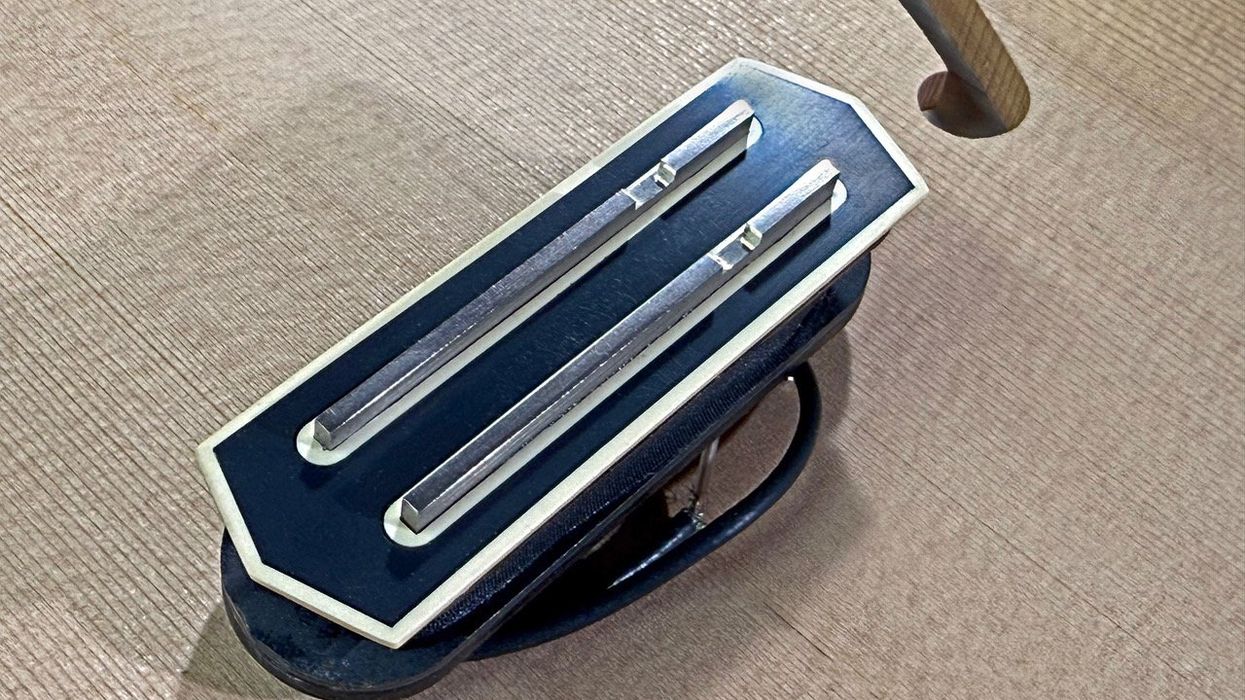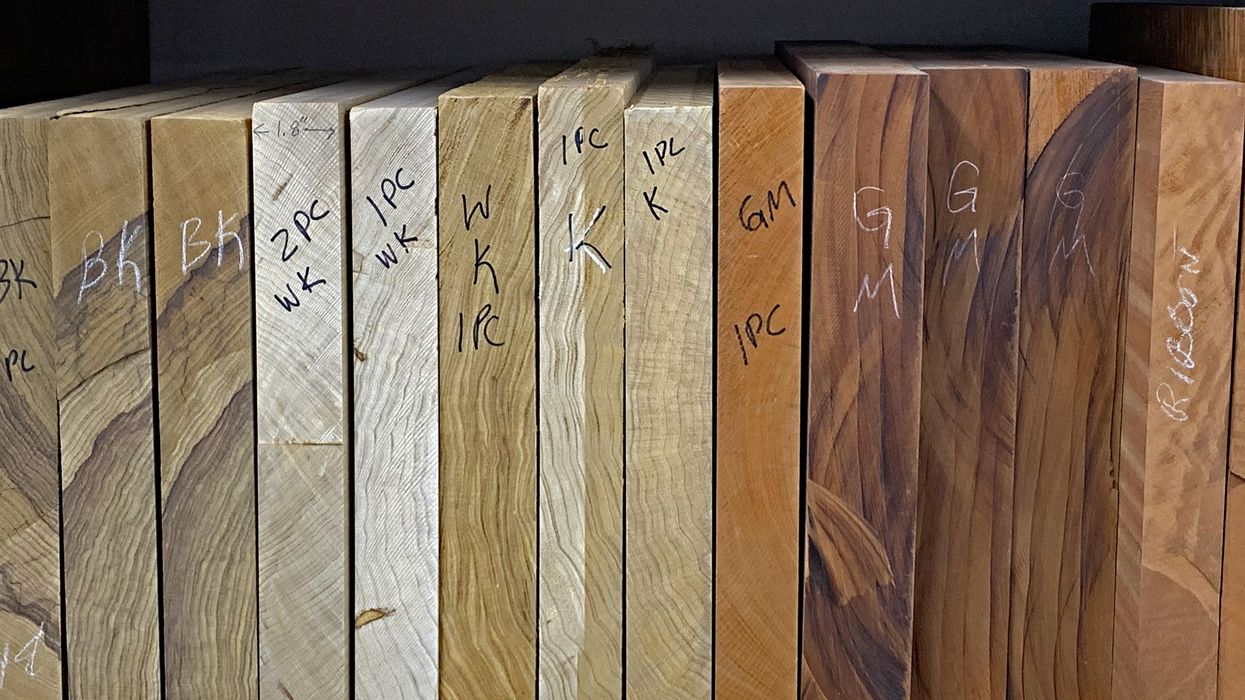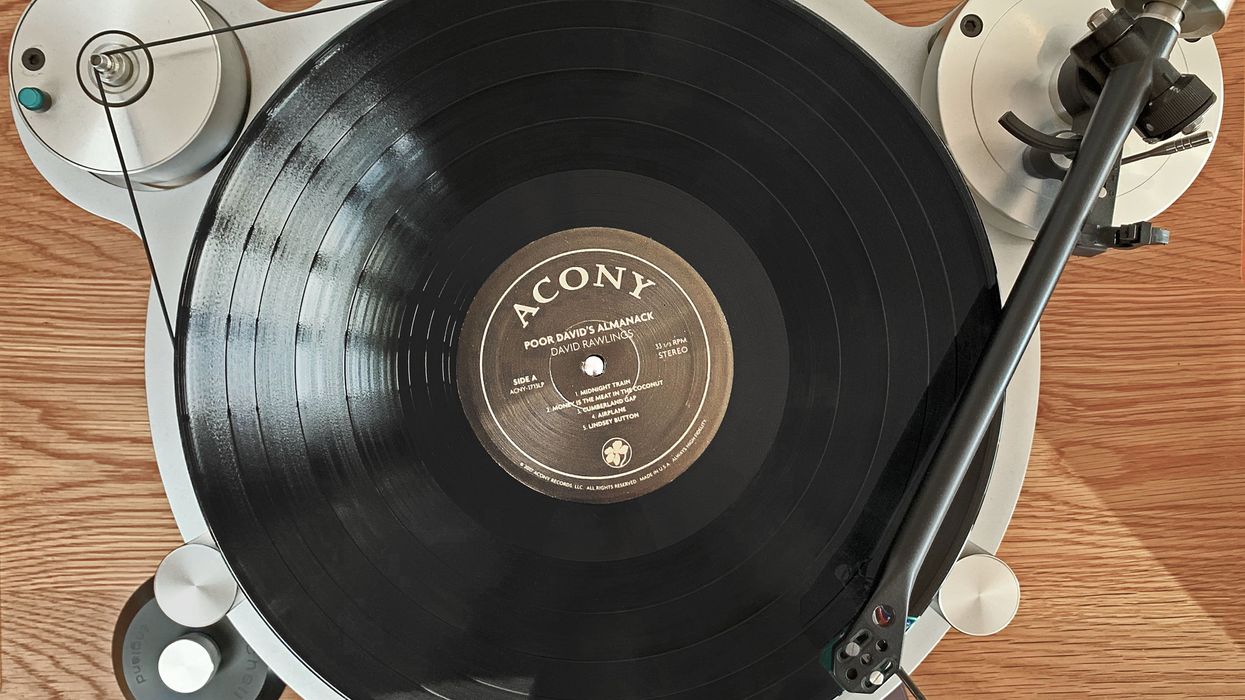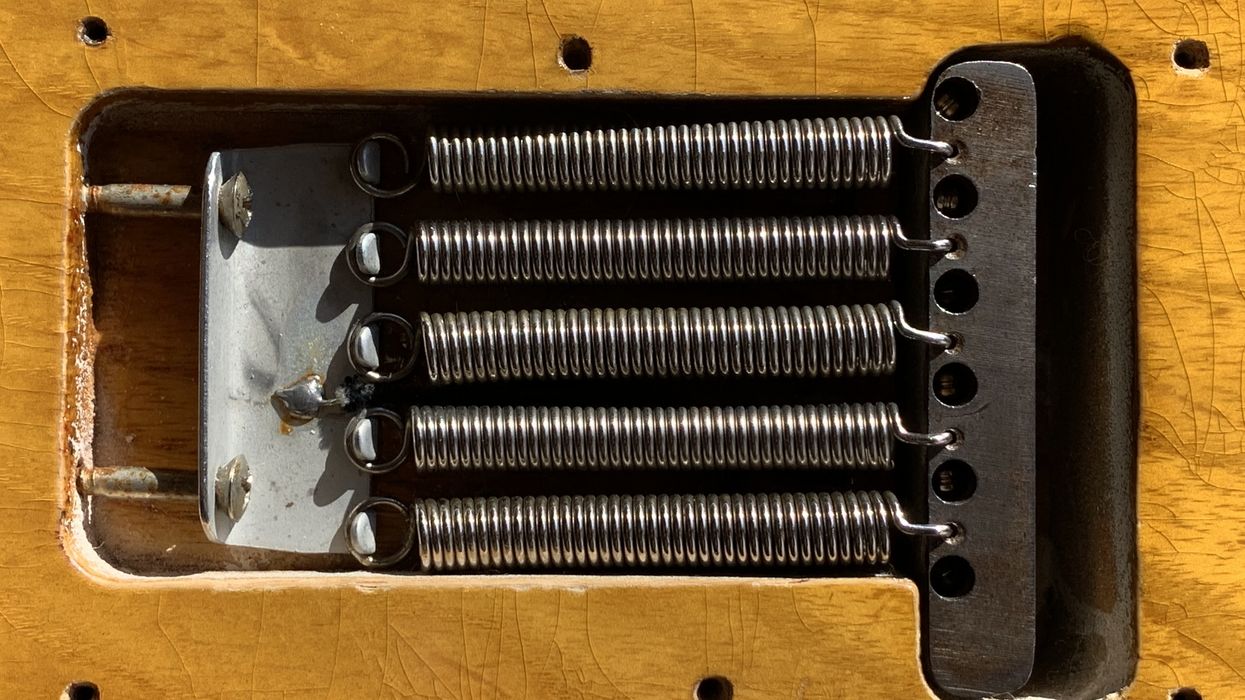The electric guitar has a long relationship with automobiles, particularly the American hot rod. For the most part, it has been a one-way correspondence, with the automotive trade signaling the messages and the guitar industry tagging along. Bright chrome hardware, swoopy curves, and angular fins appeared on electric guitars after being pioneered by vehicle manufacturers.
In an era when a car was the most exciting big ticket item around, the electric guitar followed, hoping to cash in on the flashy action. Gibson launched its first solidbody electric in shimmering gold like a brand new Cadillac. A decade later, they hired an automotive designer to freshen up their line, creating the Firebird and Thunderbird. Fender unabashedly named products after the iron rolling out of Detroit and England, finished appropriately enough with automotive paint colors. Mosrite dazzled Ventures fans with metallic lacquer, and even Gretsch got into the act with opaque car colors. By the mid-1960s, it seemed as though the electric guitar had left its old-world lineage in the rearview mirror.
Then, in 1966, something remarkable happened. A handful of young guitarists started gigging with older, used guitars that were finished more like the back of a violin than a Shelby Cobra. Keith Richards, Michael Bloomfield, Eric Clapton, and Peter Green all put their stink of approval on guitars that bore more resemblance to a 17th century dining table than a Corvette. Whether it was the sound and romance of old guitars, or just a changing of the guard, isn’t clear, but it was a ripple in the ether that slowly grew into a giant wave. By 1970, the “Burst” had become the holy grail, and sunburst finishes were giving solid colors a run for their money. The vintage electric trade was in its infancy—but the die had been cast. By the turn of the century, the sunburst, figured-maple top had become the gold standard. Builders invented terms such as “Ten Top” and “AAAAA-figure” to signal their product’s supremacy in the burst wars.
“Keith Richards, Michael Bloomfield, Eric Clapton, and Peter Green all put their stink of approval on guitars that bore more resemblance to a 17th century dining table than a Corvette.”
As all things do, guitar fashion requires occasional reinventing. The basic layout of the electric guitar is so set in stone that, similar to clothing, it’s mostly the visuals that get sliced and diced to keep things interesting. If you’ve been around long enough, you’ve seen the fashion world repeatedly dip into the past to satisfy the need for new trends, and so it is the same with guitars. We’ve already gone through the distressed period—the guitar equivalent of ripped jeans. This practice also paralleled the “Rat Rod” custom-car movement, where a worn patina can be faked on a new build without shame. Fender’s Relic Series, instigated in 1995, was an outlier, yet now all manner of beat-up guitar finishes are accepted in the mainstream. In fact, there are now some builders who have never offered instruments in any other form. Logically, a distressed and highly flamed sunburst is the penultimate, as it attempts to be the best of both worlds. However, guitar companies are possibly sensing the market’s yearning for a change, and “burst fatigue” may be on the rise. If sunbursts are on the way out, and the relic look is getting long in the tooth, what could be new and cool?
Predicting the future is a fool’s game, so I will tread lightly. Of all the options that seem likely (and already apparent), it seems easy enough to raid the past again. How about custom colors? Sure, there have been Gibson guitars in metallic colors, more recently with the Dave Grohl/Trini Lopez in Pelham blue and white. But why not try out a bunch of Krazy Kustom Kar Kolors on instruments? Why not a PRS in creamsicle metallic copper and white burst? I think that there have been plenty of custom shop Fenders in rainbow-hued metalflake, so why not make the everyday guitars sparkle too? I’m split on whether these should be distressed or offered in shiny extra-thick 1970s polyurethane—at an extra cost, of course.
The reality is that generations have lusted after the beauty of the burst. Although solid colors and airbrushed graphics (along with their relic cousins) will periodically enjoy time in the sun, the burst isn’t setting in the west anytime soon. But with all the borrowing from the automotive industry, maybe it’s time for payback. I’d like to see a new Corvette in faded tea burst, with some Bondo showing on the fender flares. Maybe Cadillac could make f-hole hood vents a thing. Should the wood-sided station wagon stage a comeback? What about a car with built-in amplifiers and a keyboard? Oh wait, that’s the 1967 Voxmobile. In the meantime, I’m buttering up the popcorn and settling into my La-Z-Boy to watch the show.

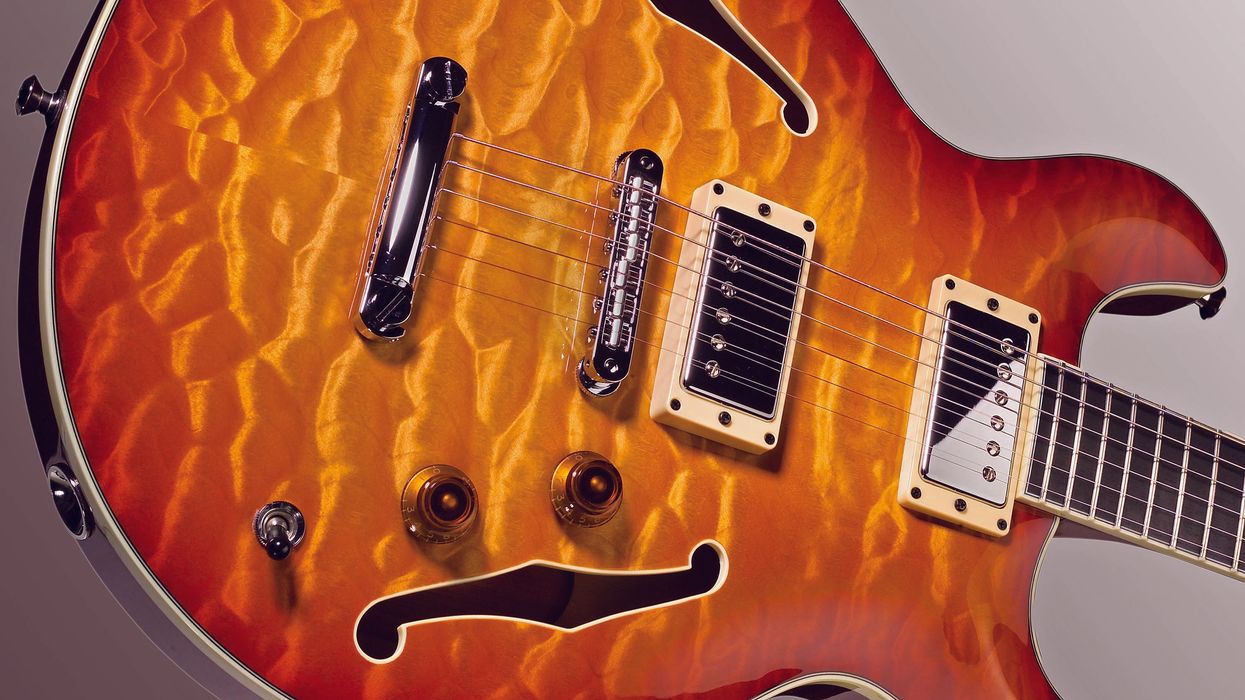


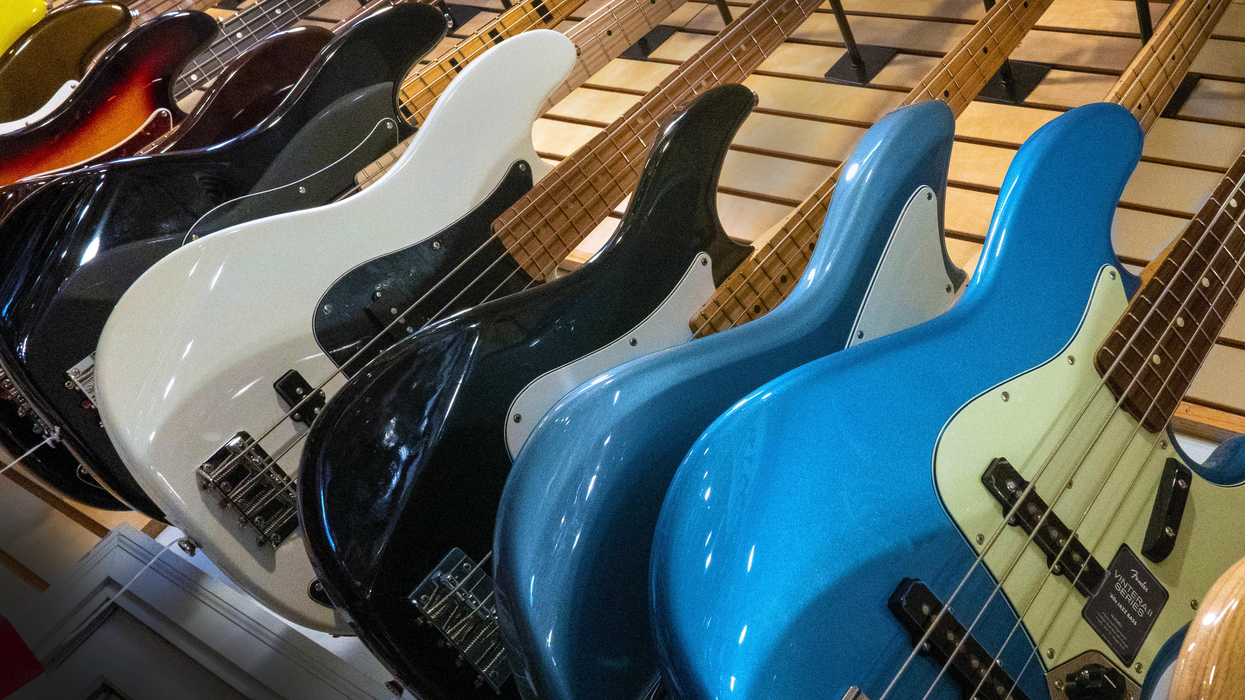
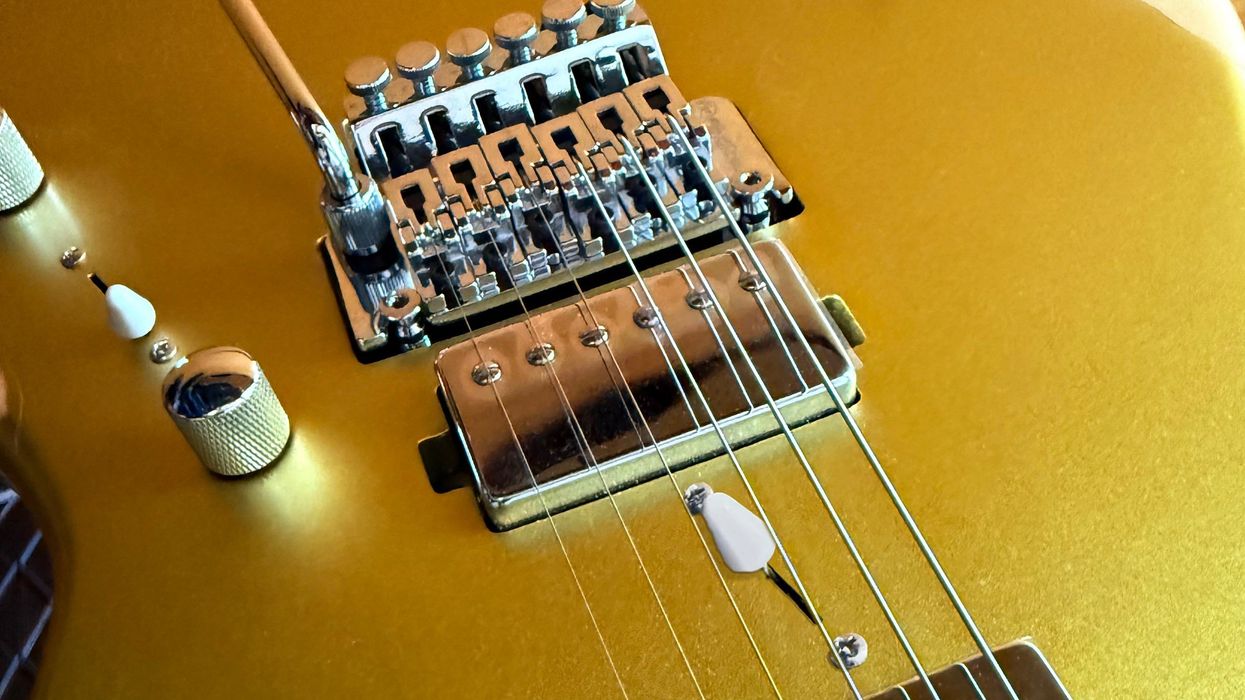
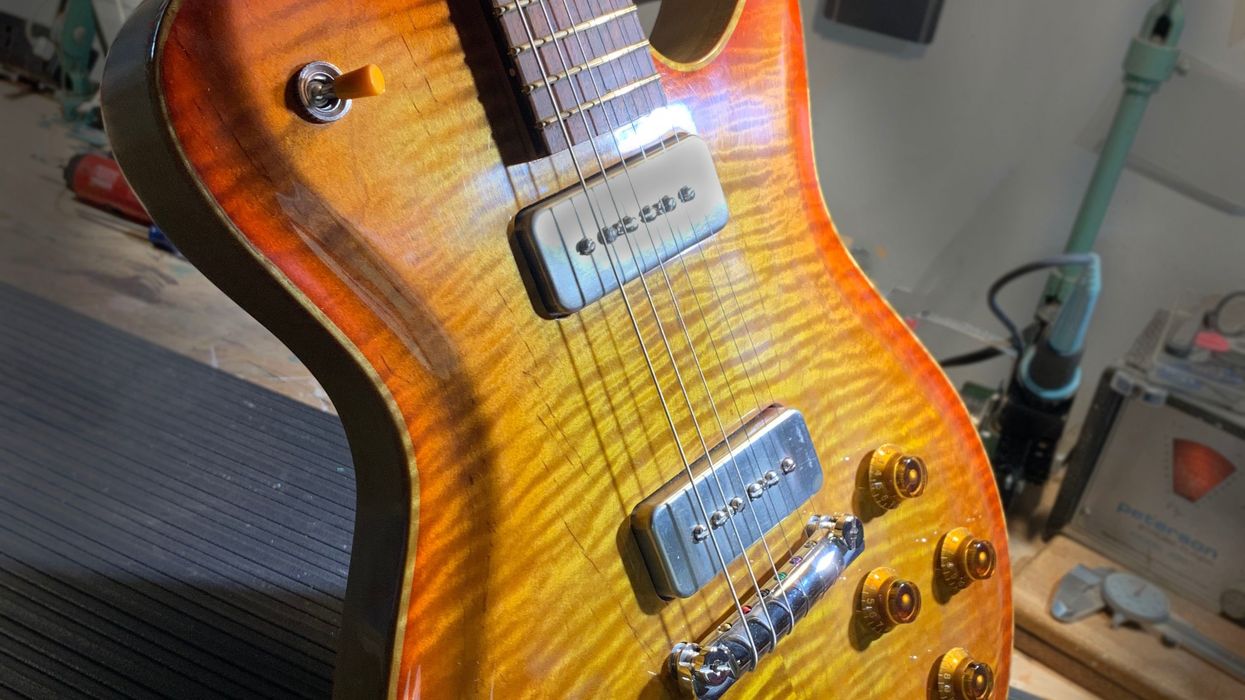
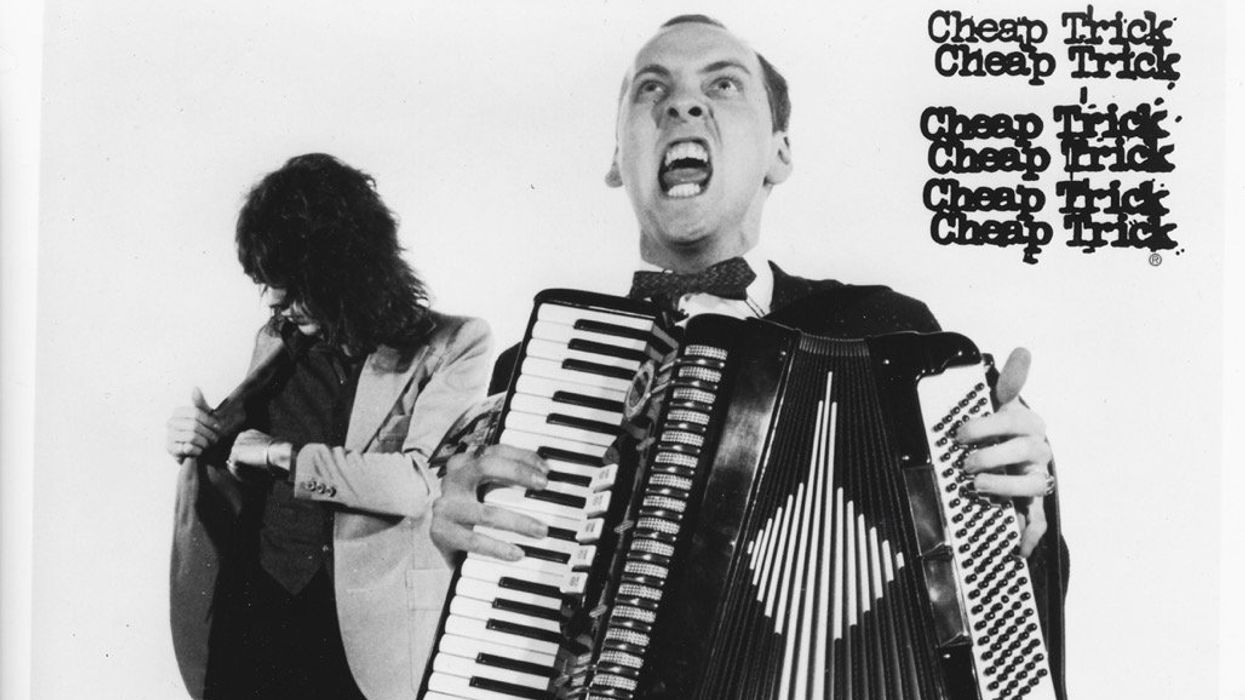



![Rig Rundown: Russian Circles’ Mike Sullivan [2025]](https://www.premierguitar.com/media-library/youtube.jpg?id=62303631&width=1245&height=700&quality=70&coordinates=0%2C0%2C0%2C0)


